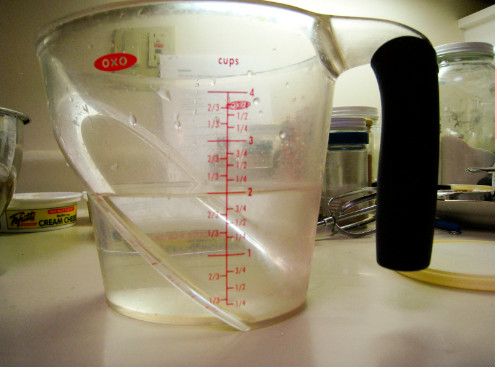
Cupping or fire-https://emilybrydon.com/how-many-1-4-cups-are-in-a-cup/ is an excellent therapeutic tool, that is extremely effective for pain relief. Placing the cups over injured areas can stimulate circulation, detoxify the body and create myofascial relief. If you suffer from chronic back pain, fibromyalgia or just want to improve your circulation, this may be the right modality for you. Common conditions cupping is used for are back pain, myofascial release, fibromyalgia, high blood pressure, anxiety, chronic headaches, neuralgia and fatigue.
The history of cupping can be dated back over 3000 years in countries such as China, Egypt and Greece. Originally, hollow animal horns were used in place of cups. Later on, bamboo and ceramic was used. Modern practitioners of fire-cupping now use glass with rounded smooth edges (to not cut into the patients skin). In order for it to be effective, a vacuum inside the cup must be created. The practitioner takes a cotton-ball (held by a hemostat) and soaks the cotton-ball in 70% rubbing alcohol. The alcohol soaked cotton-ball is then lit on fire and held inside the glass cup for just a second. The fire burns the oxygen in the cup and the practitioner quickly places the cup on the patients back. This process is repeated with as many cups as necessary. The longer the fire is held within the cup, the more oxygen is burnt and the tighter the vacuum.
There are a few different ways of doing cupping including stationary, sliding and wet cupping. In stationary cupping the cups are placed on the patient and remain in one place. This is primarily used for muscle aches, chronic headaches and detoxification. Stationary cupping does leave circular marks where the cups are placed. It must be emphasized that these are not bruises and don’t feel like bruises. In sliding cupping, massage oil is applied to the patient and two fire-cups are placed on the patients back. The cups are then slide around the back concentrating on areas of pain and tightness. Mostly used for back pain and myofascial release, sliding cupping leaves the back a little red with a couple of lighter red marks where the cups were originally placed. Sliding cupping is also effective in treating colds and can easily be combined with your acupuncture treatments. Wet cupping, or blood cupping, isn’t as common as the other forms and involves making tiny incisions on the skin with a lancet. The cup is then placed over the incisions and blood is sucked out. This is basically a form of bloodletting. Depending on the type done, the amount of suction used and the how long they’re are on the back, the cupping marks can be visible for anywhere from three days to two weeks.
As previously mentioned, cupping marks are not bruises. However, the pours on the skin in the treated areas have been opened, so it’s important to keep those areas covered until the marks have vanished. It’s also important to not expose the treated areas to extreme elements. For example, don’t go swimming in cold water or expose your back to the wind. It’s recommended to avoid deep-fried, greasy foods and dairy after cupping. Since there is a detoxify effect with all cupping, make the most of the treatment and give your body good foods afterward. Clear broth soups and steamed vegetables are great food choices. Give your body as many nutrient dense foods as you can (without over-eating).
If you’re going to get fire-cupping done, make sure the clinic you visit is reputable and clean. All the cups should be thoroughly cleaned between uses. For more information on cupping, acupuncture and traditional Chinese medicine, please visit our website.
Bret Ellington is an acupuncture specialist in Orange County and is the owner of Inner Balance Acupuncture. Graduating with a Master of Science in Traditional Oriental Medicine, Bret is a Licensed Acupuncturist in California and Nationally. Specializing in women’s health, fertility and post-surgical recovery, he works with women trying to conceive naturally and through IVF. His patients can also get treatment for endometriosis, interstitial cystitis, menopause and PCOS.